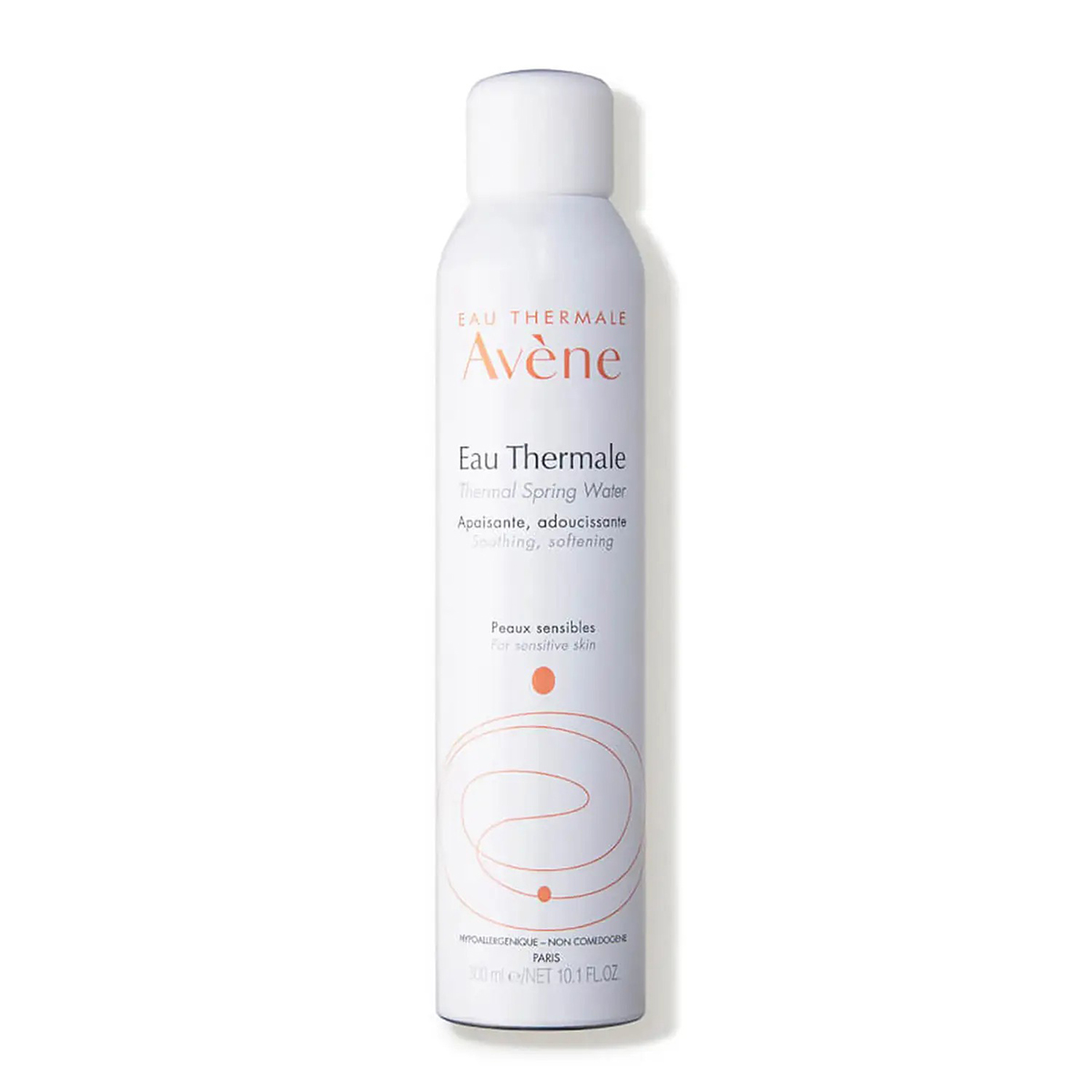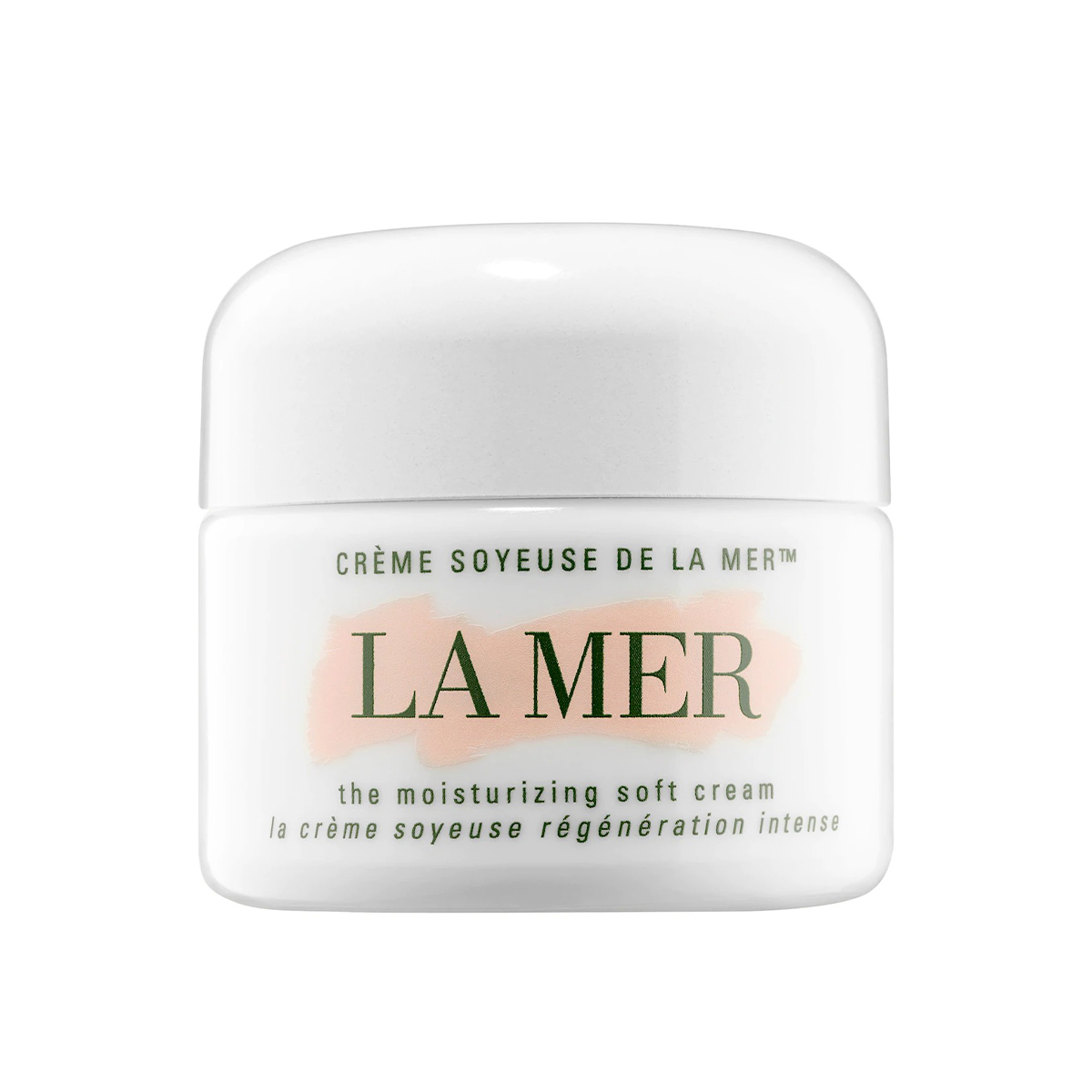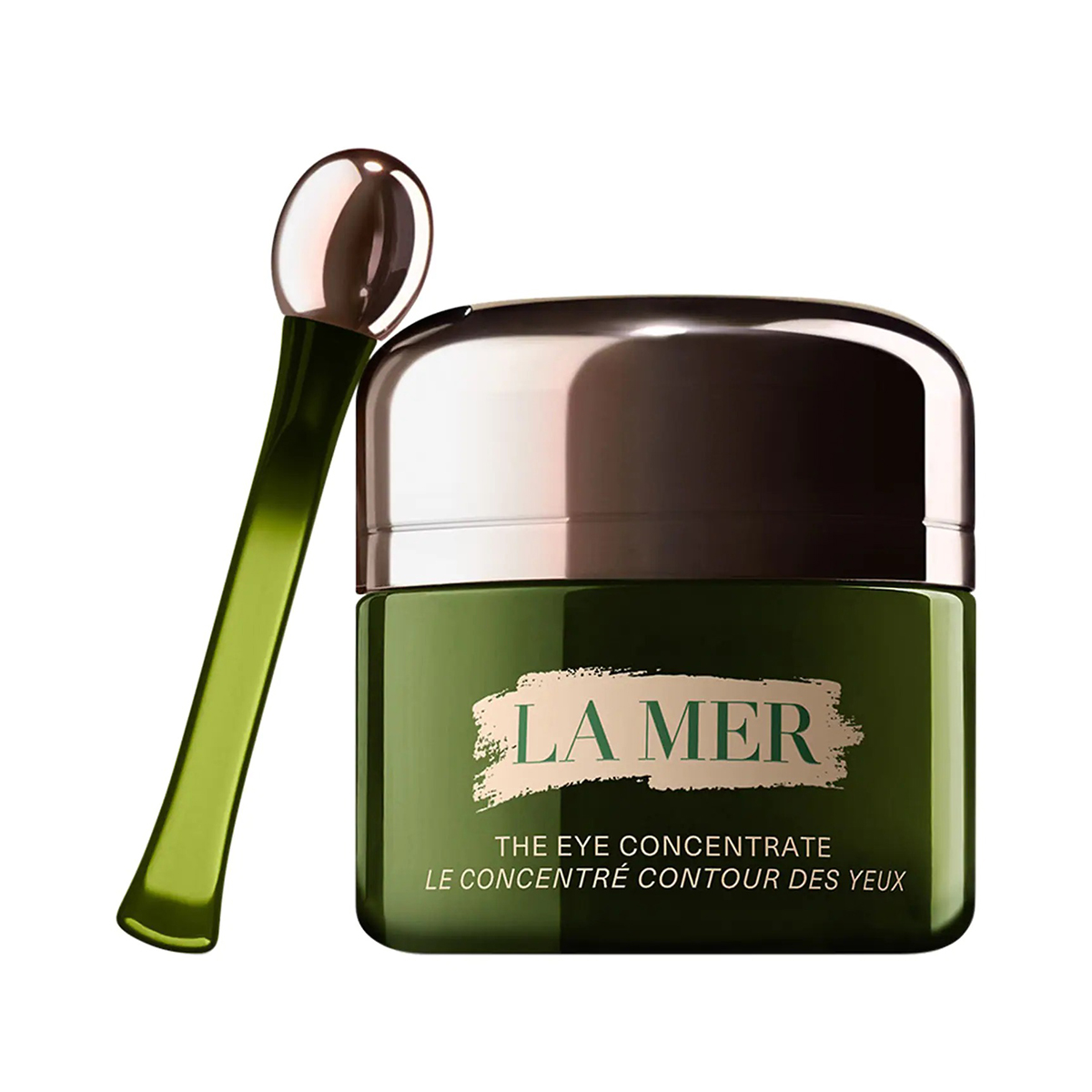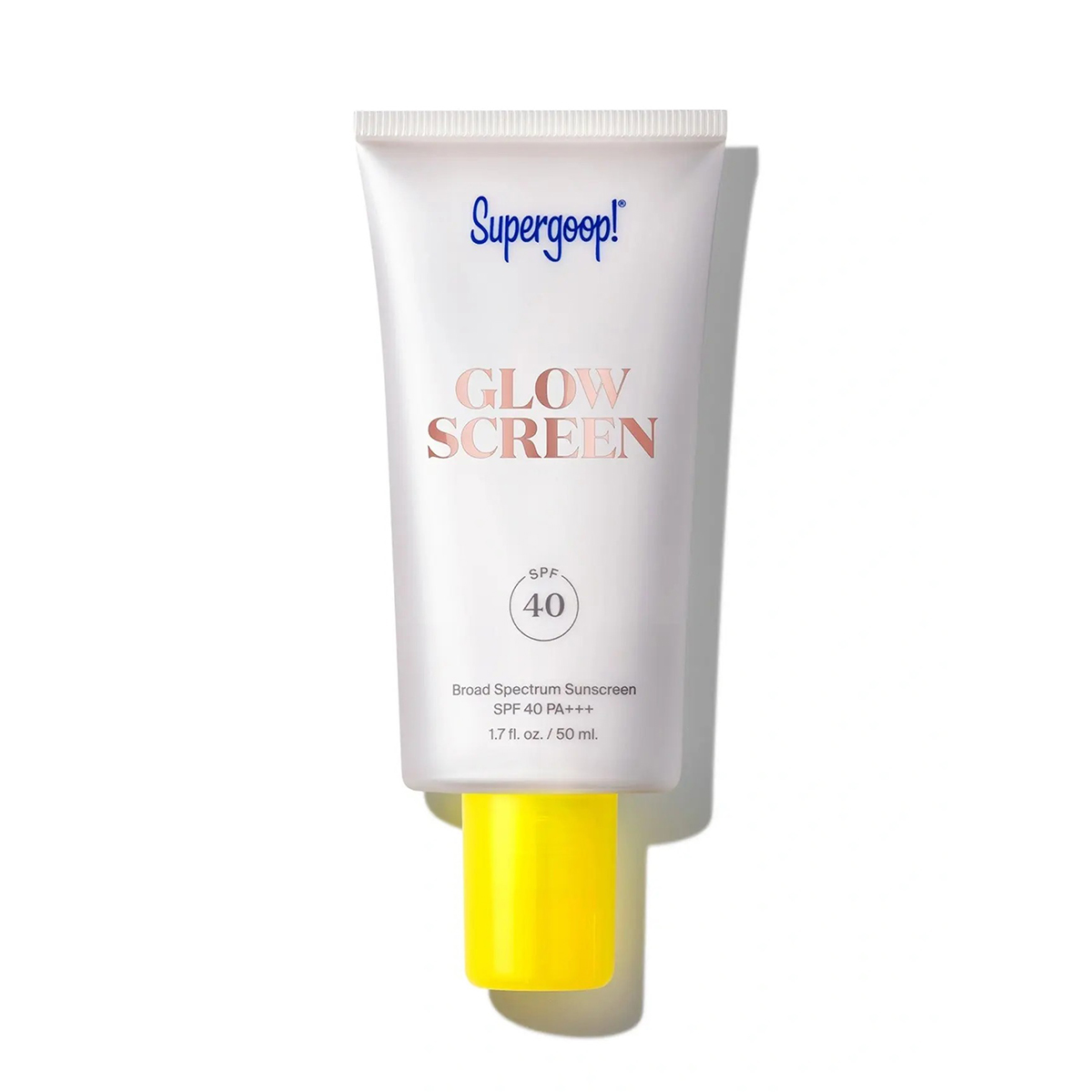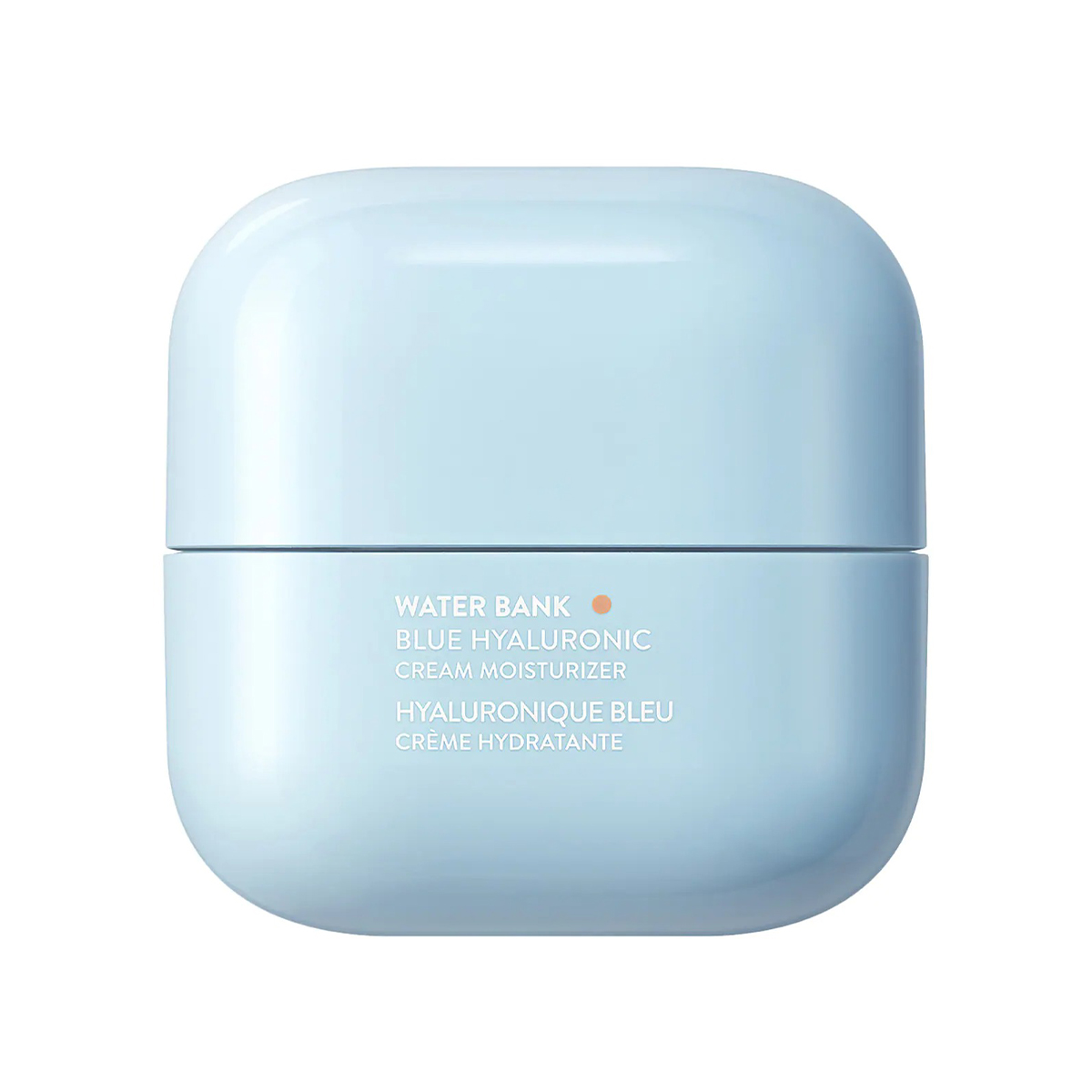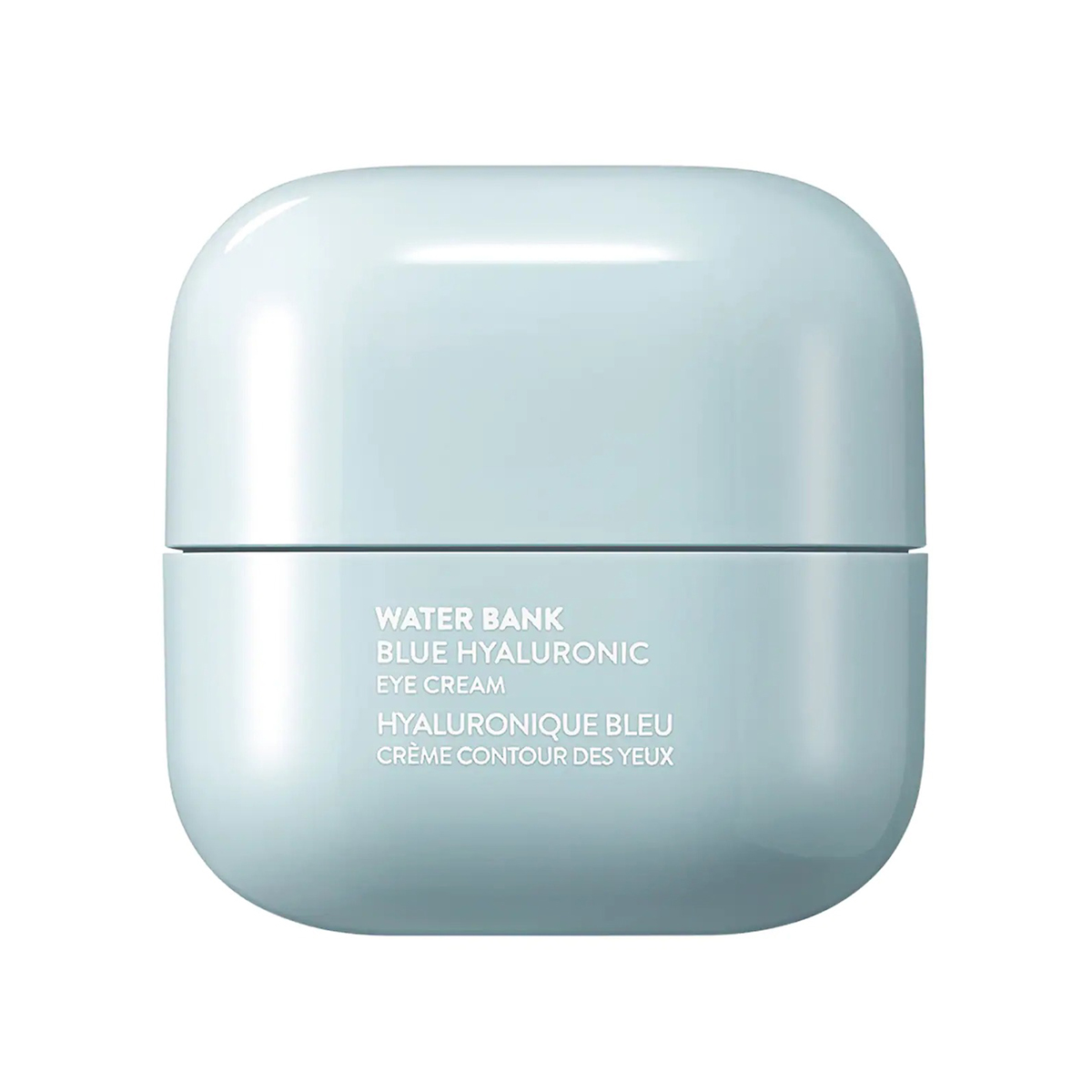I Tried Hyaluronic Acid Fillers—the Results Are So Different Than I Expected
To be perfectly honest with you, I’ve never been interested in filler. I’m happy with my face sans injectables—and I absolutely do not think anyone needs filler, nor would I encourage anyone to get it if they weren’t already interested in it.
There’s no denying the fact, however, that fillers have been majorly trending for a while. I recently found myself faced with the chance to try hyaluronic acid filler, and after some deliberation, I decided to go for it—mainly out of morbid curiosity but also because I think fillers get a bad name. It’s no accident that when you think of fillers, you might immediately think of "filler face,” or the strange, pillow-like effect that happens when people take fillers too far.
I wanted to try filler as a tool to subtly enhance my features rather than change them or try to hide anything. For the most natural-looking results, I enlisted the help of Claire Wolinsky, MD, board-certified dermatologist and filler extraordinaire.

First of all, what is hyaluronic acid filler?
Hyaluronic acid is found naturally in your skin as a plumping agent, and it decreases as you age. These fillers are a form of synthetic hyaluronic acid. "It plumps the skin by injecting it where hyaluronic acid is normally found,” says Wolinsky. "Part of how we do fillers and how we're trained on fillers is that we look at the fat pads of the face, how they age and how they descend with age, and we re-inflate them because they shrink and they go down.”
Where can you get hyaluronic acid filler?
At this point, pretty much everywhere, Wolinsky explains. Though some off-label fillers are trendy, the FDA has only approved filler for correcting moderate to severe wrinkles; adding volume to the lips, cheeks, chin, under-eye hollows, jawline, and back of the hand; restoring fat loss in people with HIV; and correcting acne scars on cheeks. Anything else has not been FDA-approved and may be riskier. Restylane, the brand Wolinsky used on me, has four different types of fillers available that use XpresHAn technologydepending on your individual needs.
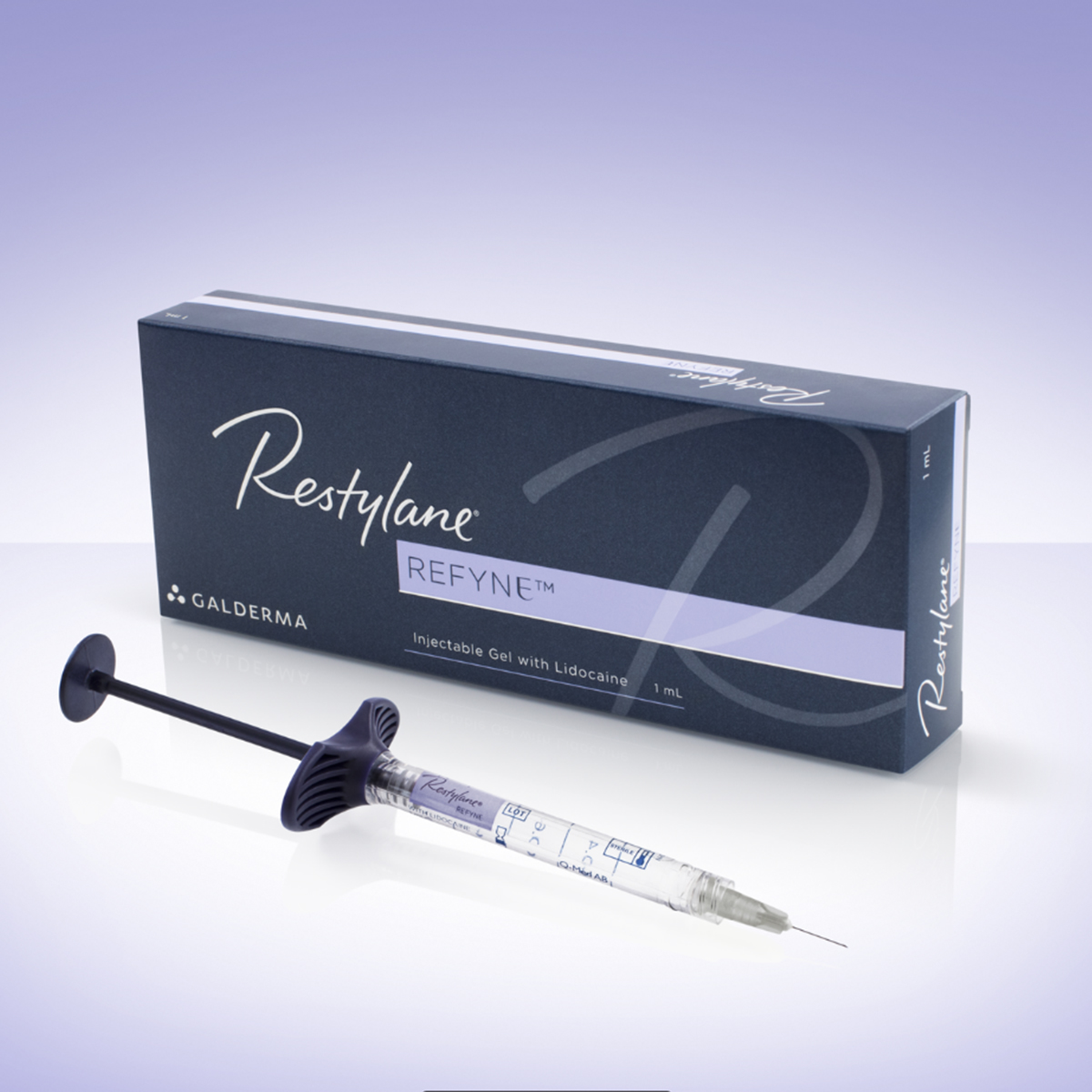

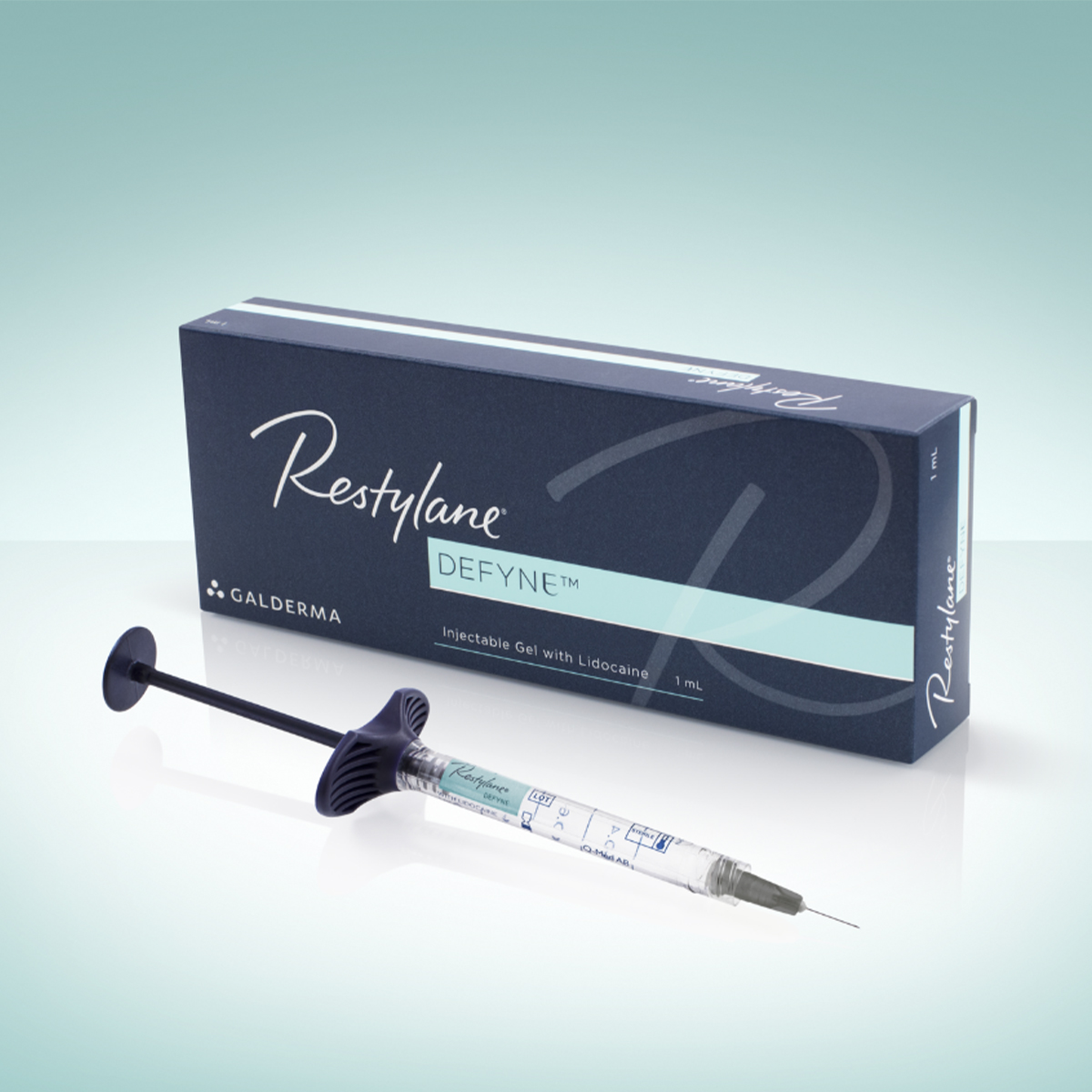

How long does filler last?
You can expect your filler to last from nine to 12 months. "That’s not always true,” says Wolinsky. "Lips do go away faster because we use our mouths. Other areas like under-eye filler can last forever, basically, because it doesn't really metabolize. They've done studies showing that sometimes fillers kind of stay there, which again goes back to the importance of an injector who knows what they’re doing.” Some people may metabolize fillers faster than others, particularly long-distance runners.
Are fillers safe?
Yes, fillers are safe—as long as you’re going to someone who uses the correct technique and emphasizes cleanliness. "Someone said this to me, and I think it's really smart,” says Wolinsky. "We need to have a little bit of fear all the time about the anatomy of the face. You’re taking a needle you’re putting something in, and any complication that happens you should be able to deal with immediately.” Wolinsky says she always ensures her patients know to call her immediately if they feel any discoloration or major pain.
"I keep an enzyme here to dissolve all fillers if needed,” Wolinsky says. "I use it to reverse other people’s bad work. I use it to reverse the occasional thing that will happen to me, but I really keep it for a complication in case of an emergency, which is very rare, under 1%. But you can get into a blood vessel.” To combat this, Wolinsky uses a cannula as opposed to a needle, which she feels is safer and results in less swelling, bruising, and risk of complications.
What's the downtime like?
You can expect some bruising or swelling, but for the most part, there’s little to no downtime when it comes to fillers. Keep in mind that you may experience some tenderness for about a week, particularly in places like your chin. It’s recommended to wait 24 hours before drinking alcohol or exercising, but if you don’t have any bruising, this is less important. Avoid getting a facial or dental work for at least two weeks while the filler sets, and don’t use any facial devices like the NuFace, as it can make your filler go away faster.
What is the experience like?
I was definitely nervous going into my filler appointment, but I trusted Wolinsky to give me input on how best to sculpt my face while still ensuring it looked natural. One thing I knew going in was that I didn’t want to get my lips done, so we settled on doing a bit of filler in my chin and cheeks to add some volume to my face. There was slight discomfort, but the cannula was virtually pain-free. More than anything, it was a slightly weird feeling of having a small tube under my skin. Afterward, I didn’t experience any bruising or swelling, and I went about my day. I like how subtle the filler looks—it accentuates everything it needs to without making my face look different from my face, which is exactly what I was hoping for.

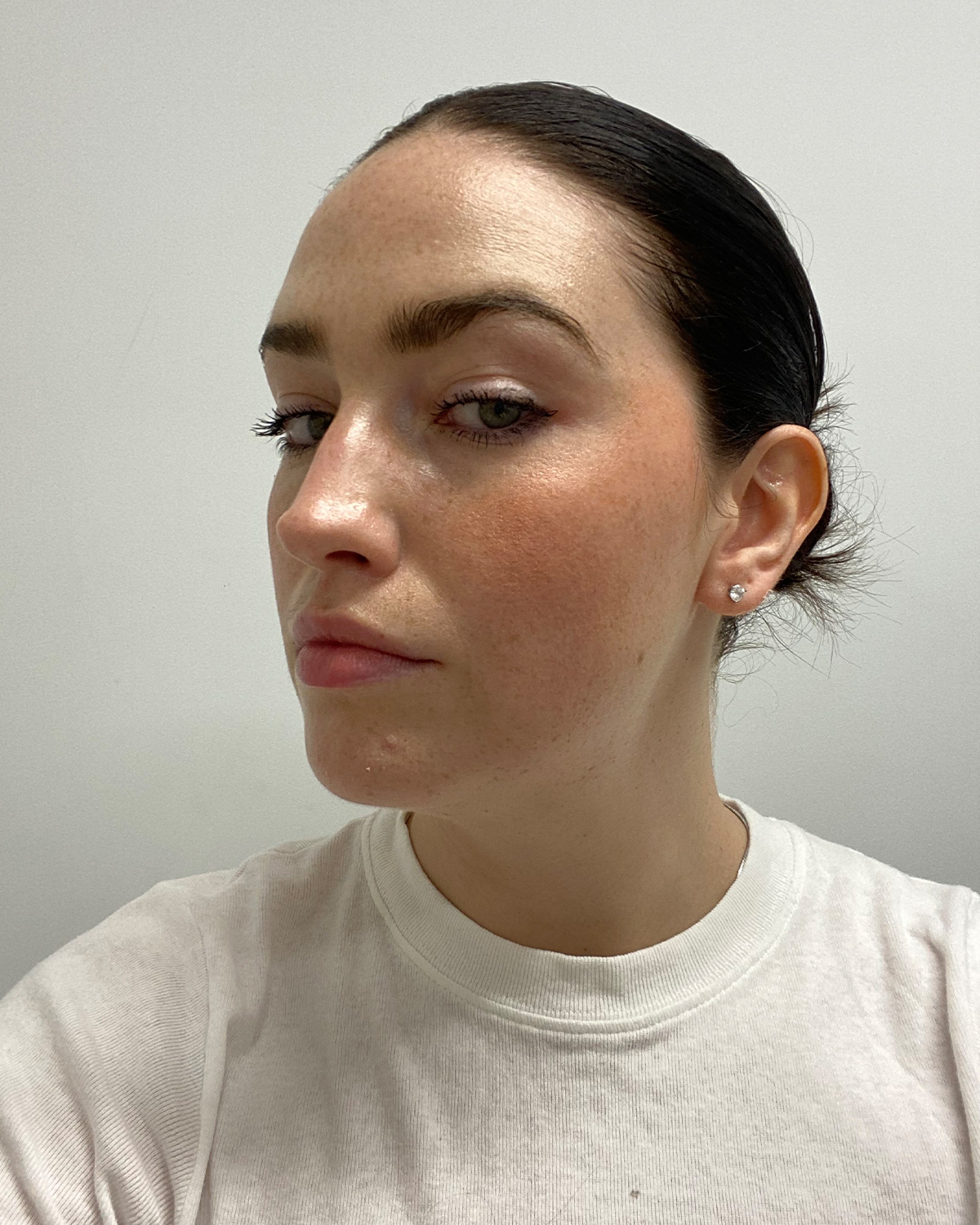

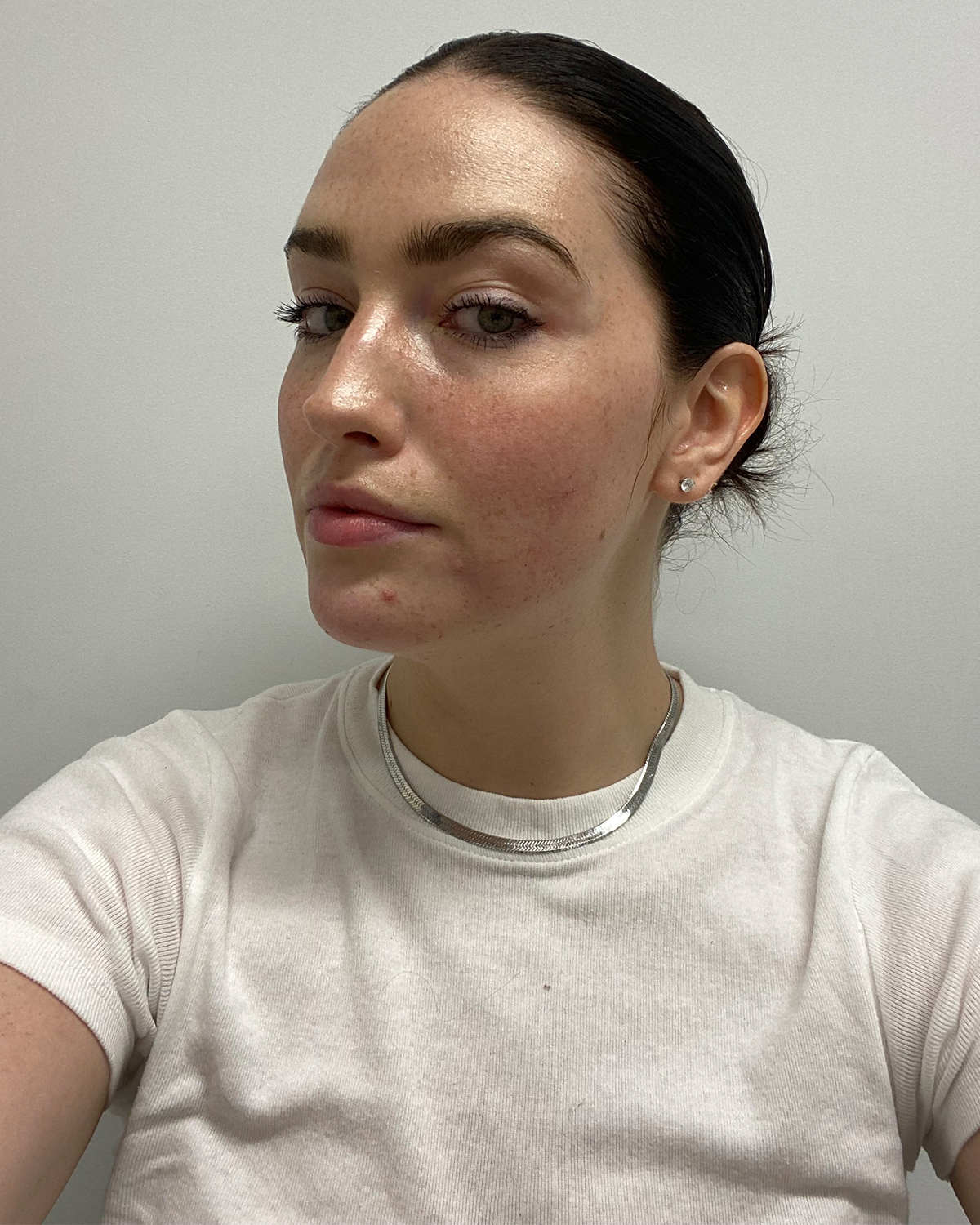

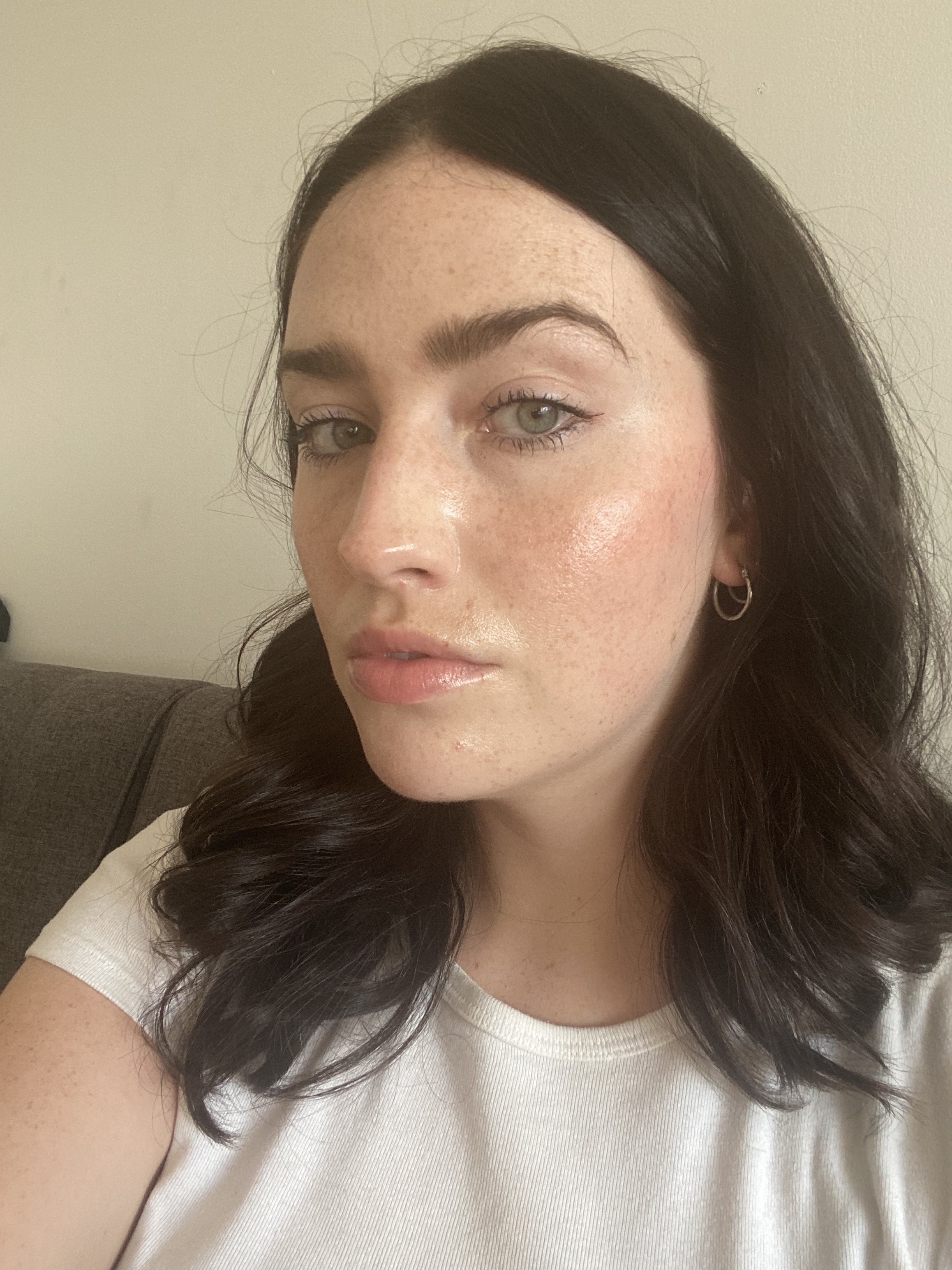
Shop my post-filler skincare routine:
Next, My Co-Workers Picked 6 TikTok Makeup Trends for Me to Try—Here's What Happened
Prior to her time at Who What Wear, Katie Berohn worked as the beauty assistant for Good Housekeeping, Woman's Day, and Prevention magazines, all part of the Hearst Lifestyle Group. She graduated from the University of Colorado, Boulder, with a major in journalism and minor in technology, arts, and media, and earned her master's degree at NYU's graduate program for magazine journalism. In addition, Katie has held editorial internships at Denver Life magazine, Yoga Journal, and Cosmopolitan; a digital editorial internship at New York magazine's The Cut; a social good fellowship at Mashable; and a freelance role at HelloGiggles.
